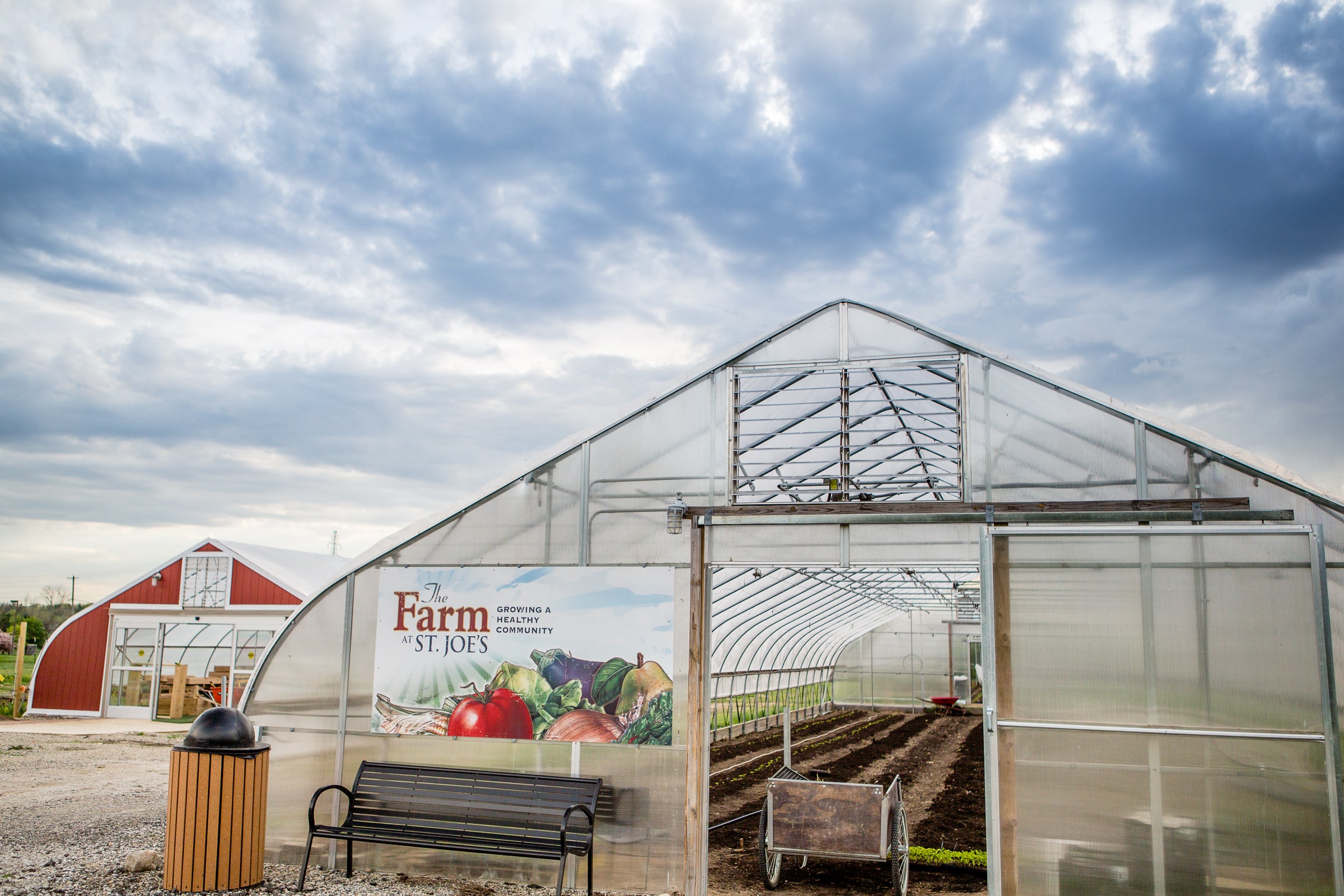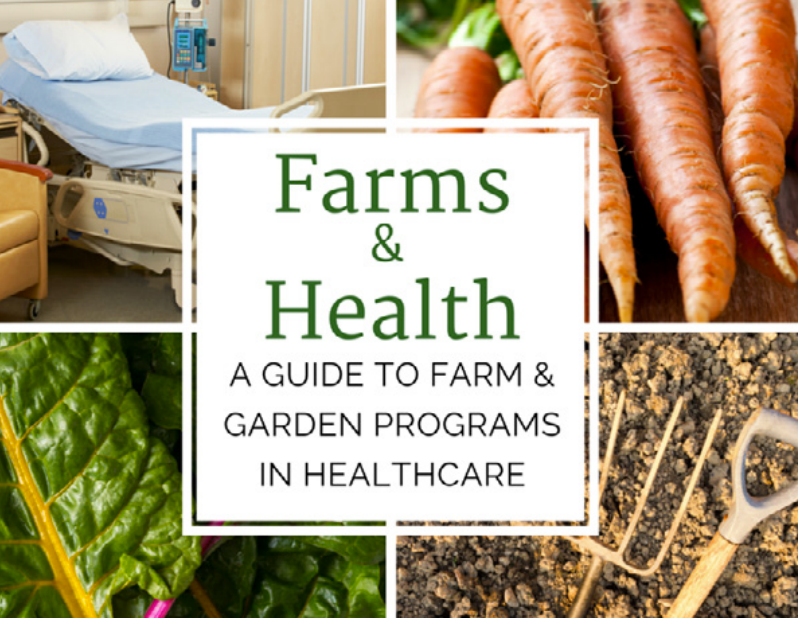Cutting Carbon from the Shopping Cart: Consumer Perceptions of a Carbon Label on Food Products
Author: Elizabeth Bedrick, PitE, class of 2017
Advisor: SFSI faculty affiliate Margot Finn
April 2017
 There is a lack of transparency in the increasingly complex food system. Consumers tend to use environmental indicators, or eco-labels, to identify sustainable foods; however, many existing eco-labels do not clearly communicate the impact that food has on the environment. A carbon label conveying the amount of carbon emitted throughout a product’s life cycle would be a better measure of the food’s impact on climate change. While such a label does not yet exist in the United States, this research uses an online survey to determine how U.S. consumers would perceive a carbon label like those used throughout Europe. The findings from over 400 respondents suggest that consumers believe a carbon label would make it easier to compare the environmental impact of foods. Additionally, at least 45% of participants rated a carbon label as more important than five other eco-labels that do exist in the United States. Finally, participants reported that the source of the carbon label would not influence whether or not they would purchase labeled foods. Findings from this study support the potential for a carbon label to help consumers make knowledgeable decisions and influence purchasing. Read more here
There is a lack of transparency in the increasingly complex food system. Consumers tend to use environmental indicators, or eco-labels, to identify sustainable foods; however, many existing eco-labels do not clearly communicate the impact that food has on the environment. A carbon label conveying the amount of carbon emitted throughout a product’s life cycle would be a better measure of the food’s impact on climate change. While such a label does not yet exist in the United States, this research uses an online survey to determine how U.S. consumers would perceive a carbon label like those used throughout Europe. The findings from over 400 respondents suggest that consumers believe a carbon label would make it easier to compare the environmental impact of foods. Additionally, at least 45% of participants rated a carbon label as more important than five other eco-labels that do exist in the United States. Finally, participants reported that the source of the carbon label would not influence whether or not they would purchase labeled foods. Findings from this study support the potential for a carbon label to help consumers make knowledgeable decisions and influence purchasing. Read more here
The Farm at St. Joe’s: Growing Healthy and Resilient Communities
Authors: Lauren Highleyman(MS, SNRE) and Cassidy Dellorto-Blackwell(MS, SNRE)
Advisor: SFSI faculty affiliate Raymond De Young
April 2017
 The purpose of this project was to assess awareness of programs and explore opportunities for program development for The Farm at St. Joe’s (The Farm), part of The St. Joseph Mercy Health System. For this assessment, we surveyed community members in Ann Arbor and Ypsilanti to understand current awareness of The Farm and its offerings, interest in proposed future programming, and barriers impeding access to fresh produce and Farm offerings. We discovered a general lack of awareness of The Farm and its current programs and revealed a five category framework of program classification for ongoing exploration and development. We also facilitated two meetings to engage stakeholders in St. Joseph Mercy Health System and the broader community in proposing suggestions for creating greater visibility, providing direction for program expansion, and guiding strategic partnership development for The Farm. Based on this research, we have developed a set of recommendations intended to guide The Farm in growing its reach and impact as part of a large anchor institution in the Washtenaw County community. Read more
The purpose of this project was to assess awareness of programs and explore opportunities for program development for The Farm at St. Joe’s (The Farm), part of The St. Joseph Mercy Health System. For this assessment, we surveyed community members in Ann Arbor and Ypsilanti to understand current awareness of The Farm and its offerings, interest in proposed future programming, and barriers impeding access to fresh produce and Farm offerings. We discovered a general lack of awareness of The Farm and its current programs and revealed a five category framework of program classification for ongoing exploration and development. We also facilitated two meetings to engage stakeholders in St. Joseph Mercy Health System and the broader community in proposing suggestions for creating greater visibility, providing direction for program expansion, and guiding strategic partnership development for The Farm. Based on this research, we have developed a set of recommendations intended to guide The Farm in growing its reach and impact as part of a large anchor institution in the Washtenaw County community. Read more
Cricket as Food: The perceptions and barriers to entomophagy and the potential for widespread incorporation of cricket flour in American Diets
Author: Rachael Lacey, PiTE class of 2016
Advisor: SFSI faculty affiliate Margot Finn
 Entomophagy, or the consumption of insects, is widely practiced on a global level, but is uncommon in the United States. There has been promising research on the nutrition, safety, and sustainability of crickets as food, as well as research on cultural perceptions of entomophagy in Western countries such as Belgium, the Netherlands, and Australia. This paper addresses the question: What are the current perceptions of and deterrents to entomophagy in America, and what should be the next steps to encourage a greater acceptance and consumption of food products made with cricket flour? This research found that entomophagy within the context of cricket flour was more appealing than entomophagy in general. The survey also showed relationships between respondents’ gender and ethnicity and their views of entomophagy and cricket flour, as well as respective value placed on nutrition, taste, the environment, and familiarity while food shopping. The most common concerns about cricket flour were the taste and “it just grosses me out,” followed by concerns about the cleanliness and potential disease of crickets. The biggest determinants of subjects’ willingness to consider entomophagy and cricket flour were their levels of neophobia and food neophobia, and their previous knowledge or experience with entomophagy. High levels of food neophobia and neophobia in general were related to negative views of entomophagy and cricket flour, while previous knowledge and/or experience with entomophagy were related to positive views of entomophagy and cricket flour. The most promising means of promoting entomophagy were advocacy by well-known people, providing an opportunity to try a sample, ensuring that cricket flour products are similar to familiar foods, and the creation of legislation or certification procedures to widely establish the safety of insects as food. A tentative description of the most promising demographic for the acceptance of cricket flour is white males who value nutrition and the environment, with an openness to trying new things, who are not opposed to eating animal products, and with previous knowledge or experience with entomophagy. Read the full text here
Entomophagy, or the consumption of insects, is widely practiced on a global level, but is uncommon in the United States. There has been promising research on the nutrition, safety, and sustainability of crickets as food, as well as research on cultural perceptions of entomophagy in Western countries such as Belgium, the Netherlands, and Australia. This paper addresses the question: What are the current perceptions of and deterrents to entomophagy in America, and what should be the next steps to encourage a greater acceptance and consumption of food products made with cricket flour? This research found that entomophagy within the context of cricket flour was more appealing than entomophagy in general. The survey also showed relationships between respondents’ gender and ethnicity and their views of entomophagy and cricket flour, as well as respective value placed on nutrition, taste, the environment, and familiarity while food shopping. The most common concerns about cricket flour were the taste and “it just grosses me out,” followed by concerns about the cleanliness and potential disease of crickets. The biggest determinants of subjects’ willingness to consider entomophagy and cricket flour were their levels of neophobia and food neophobia, and their previous knowledge or experience with entomophagy. High levels of food neophobia and neophobia in general were related to negative views of entomophagy and cricket flour, while previous knowledge and/or experience with entomophagy were related to positive views of entomophagy and cricket flour. The most promising means of promoting entomophagy were advocacy by well-known people, providing an opportunity to try a sample, ensuring that cricket flour products are similar to familiar foods, and the creation of legislation or certification procedures to widely establish the safety of insects as food. A tentative description of the most promising demographic for the acceptance of cricket flour is white males who value nutrition and the environment, with an openness to trying new things, who are not opposed to eating animal products, and with previous knowledge or experience with entomophagy. Read the full text here
University Students’ Perception of the USDA Organic Label
Author: Garen Leung, PiTE class of 2016
Studies to date have examined consumer perception of various organic labels; however, the results are often ambiguous and much confusion remains surrounding the organic label. This study examined consumer perception of one of the most commonly recognized organic labels – the USDA organic seal – on five food products, namely: egg, lettuce, strawberry, banana, and Honey Nut Cheerios. For ease of data collection, students at the University of Michigan represented the sample population of the study. In February 2016, a random sample of 6002 students was contacted by email to participate in an online Qualtrics survey; this study ultimately received 677 completed surveys. Using independent sample t-tests, it was found that consumers generally perceive organic food as more expensive; however, they did not acknowledge significantly greater benefits for organic food and were not willing to pay a significant premium. Across the five products, consumers showed a strong preference for organic eggs. In addition, analysis by demographic characteristics only showed significant results for the difference in perceived benefits of organic strawberries between students who are both environmental and health conscious and those who are not. Further, consumers who prepare their own meals are less willing to pay for organic food than those who do not. Going forward, more research is needed to understand consumers’ perceptions across age groups, a wider variety of food products, as well as the cost-effectiveness of using various health claims to signal quality.
EXPANDING FOOD BANK IMPACT: Healthy Food Access and Sustainable Farm Production
Authors: Kelsea Ballantyne (MBA/MS), Rebecca Baylor (MS), Alice Bowe (MS), Jana Stewart (MPH/MS)
Advisors: SFSI affiliated faculty Ivette Perfecto and SFSI affiliated faculty Lesli Hoey
The Greater Lansing Food Bank (GLFB) is a food bank in mid-Michigan that is rethinking its mission and service to the community. Rather than simply supply as much food as possible, it is instituting programs that help its clients to help themselves by alleviating poverty. GLFB has a 30-year-old community garden program that provides support to about 100 community gardens and 450 low-income home gardens, ultimately helping around 7,000 individuals access food through gardening each year. In Fall 2012, the GLFB launched Lansing Roots, a farm business development opportunity that minimizes the barriers to starting a farm business. This program provides its participants with access to fresh foods, a supplemental source of income, and critical community building opportunities. Many refugee communities with farming backgrounds reside in the Lansing area, and benefit from the incubator farm program’s resources, including tools, technical training, affordable land, and cooperative marketing opportunities.
 The purpose of this master’s research project is to evaluate the effectiveness and feasibility of this incubator-food bank relationship. Other food banks in the Feeding America network have reached out to GLFB for advice on implementing similar programs. However, this is a unique pairing of entities with little precedence in the literature; typically farm incubators are independent organizations and rarely, if ever, are food banks in the role of organizer. This project therefore includes: 1) benchmarking of best practices for food banks using a literature review and survey; 2) benchmarking of best practices for farm incubators through a literature review, survey, interviews, and GIS; 3) the creation of best practices for integrated food bank-incubator relationships; and 4) a glossy toolkit that GLFB can share with other Feeding America member food banks to guide implementation of similar programs. In short, this research helps to determine how incubators can be successful, as well as whether food banks are adequately positioned to be stewards of such farm-based programs. Identifying a method for food banks to help their clients feed themselves would have profound impacts on communities that are food insecure. Read the full text here and read the incubator farm toolkit here.
The purpose of this master’s research project is to evaluate the effectiveness and feasibility of this incubator-food bank relationship. Other food banks in the Feeding America network have reached out to GLFB for advice on implementing similar programs. However, this is a unique pairing of entities with little precedence in the literature; typically farm incubators are independent organizations and rarely, if ever, are food banks in the role of organizer. This project therefore includes: 1) benchmarking of best practices for food banks using a literature review and survey; 2) benchmarking of best practices for farm incubators through a literature review, survey, interviews, and GIS; 3) the creation of best practices for integrated food bank-incubator relationships; and 4) a glossy toolkit that GLFB can share with other Feeding America member food banks to guide implementation of similar programs. In short, this research helps to determine how incubators can be successful, as well as whether food banks are adequately positioned to be stewards of such farm-based programs. Identifying a method for food banks to help their clients feed themselves would have profound impacts on communities that are food insecure. Read the full text here and read the incubator farm toolkit here.
Farms & Health: A Guide to Farm & Garden Programs in Healthcare
Author: Jana Stewart, (MPH/MS)
Advisor: SFSI affiliated faculty Raymond de Young
At a time when diet-related disease is at an all-time high, there is an opportunity
for a paradigm shift in the healthcare system. The focus for decades has been the
treatment of symptoms,  but a new focus on the social determinants of health and
but a new focus on the social determinants of health and
primary prevention is opening the door to meaningful, patient-centered wellness care. A University of Maryland study (2013) found that one’s behavior and physical environment–including the foods they have access to and consume–account for 70% of health outcomes, compared to just 10% from medical care. If health systems want to treat and prevent disease, they are coming to realize that their scope must widen to include wellness more broadly. Healthy eating is a critical piece of wellness, and a key determinant for a number of potential ailments. Health Care Without Harm reports that hundreds of hospitals across the country now offer on-site farmers’ markets, on-site gardens or farms, and locally-sourced produce in patient and staff meals. Farm-to-Healthcare programs and pledges address a growing need for nutritional education and healthy food access. Such efforts combine food and health systems using diverse partnerships and creative programming. One such embodiment of farm-to-healthcare programming is on-site cultivation. These growing programs combine healthy food procurement, nutrition education, physical activity, volunteerism, place-based awareness, environmental sustainability, and other benefits. Download the full guide here



